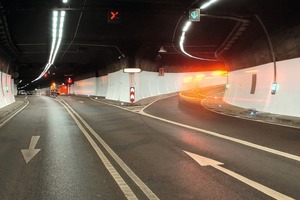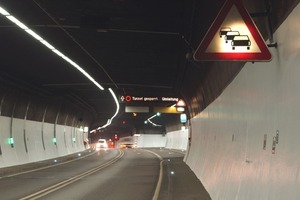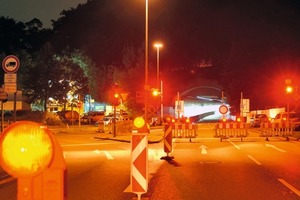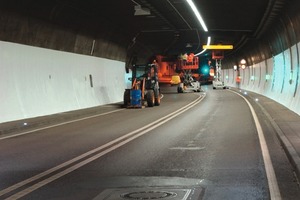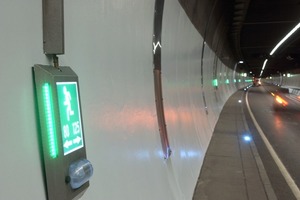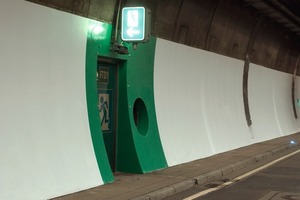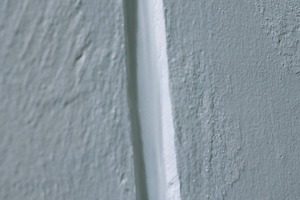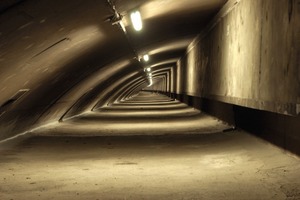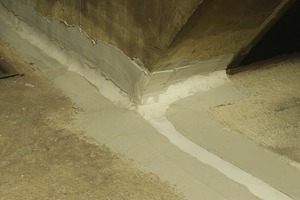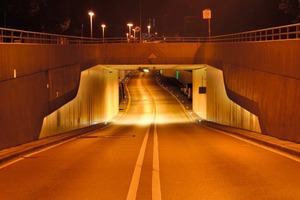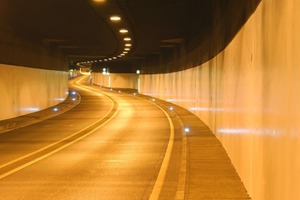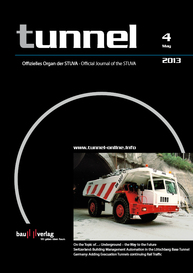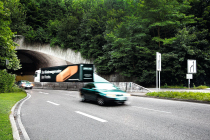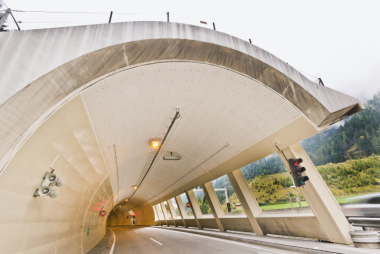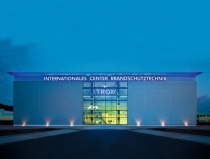Heslach Tunnel with light Tunnel Walls – safer and with more optical Appeal
Stuttgart’s Heslach Tunnel is the longest urban bi-directional tunnel in Germany. Around 50,000 vehicles use the centrally sited tunnel on a daily basis. It links the federal highway 14 with the centre of Stuttgart. The tunnel was set up in the 1980s and was seen as one of Europe’s busiest 2-way tunnels. During 2005 and 2006, two additional evacuation tunnels were built followed by a fire and escapeway lighting system commensurate with the valid regulations within the scope of an upgrading scheme.
The construction measure completed last year also served to improve the safety technology: apart from modifying the ventilation system, 28 smoke removal flaps were installed, fire alarm, radio and loudspeaker units as well as tunnel and traffic control systems replaced. The redevelopment scheme also involved renewing the tunnel wall coating. The Federal Highway Research Institute (BASt) specified that tunnel walls had to be given a brighter look to improve the safety of motorists. All construction activities took place during the night hours from 9.00 pm to 5.30 am on account of the high traffic frequency and the tunnel’s transport-technical relevance.
Newly developed Surface Protection
The client – The Foundation Engineering Office of the regional capital of Stuttgart – called for sample areas prior to application to test the quality of the surface coating system. Towards this end, the Sika Deutschland GmbH devised the new water-borne 2-component polyurethane coating Sikagard-260 WPU on the basis of an existing product. It successfully complied with all necessary tests according to OS 4 coating protection and the prescribed fire protection and was included in the BASt list. The product is dirt-repellent and is for instance used for providing a bright coat for tunnel and car park walls (Fig. 4). It can be easily cleaned and is particularly wet scrub-resistant, highly inflammable, UV-resistant and non-yellowing. After testing the sample areas, it was assured that the new surface coating adhered perfectly to the existing layer, the client agreed to the application of the open to water vapour diffusion and carbonisation reducing coating.
The Osmo Anlagenbau GmbH & Co. KG as general contractor for the entire tunnelling scheme commissioned the BIK Uhr GmbH to install the new wall coating. First of all the existing surface was cleaned with Sika Corwash, a tenside solution for treating surfaces. During this procedure the moistened dirt film on the old coating is dissolved chemically and removed by means of manually scrubbing the alkaline agent, which acts on the surface. The cleaning agent is VOC-free and biologically degradable in spite of its high efficacy. Faulty patches were prepared in keeping with ZTV-ING and redeveloped using the hydraulically setting 2-component PCC repair mortar Icoment-520. The same fine mortar was used for preparing the joint flanks according to ZTV-ING. The joints were then filled with the 1-component elastic sealant Sikaflex PRO 1 FC (Fig. 5). The prepared surfaces were then coated in 2 working stages with the novel surface protective system Siokagard-260 WPU in a light, pleasant colour shade.
Altogether, 14,000 m² of wall area was coated in the Heslach Tunnel within 6 weeks. A further factor was that the ventilation shafts revealed joint and hairline cracks between the wall and floor. The Sikadur Combiflex SG system with the thixotropic, 2-component epoxide resin adhesive Sikadur-31 was applied for safe sealing (Fig. 6).
Not only was the client satisfied with the successful redevelopment of the Heslach Tunnel. Every day, thousands of motorists profit from the safe tunnel in the south of Stuttgart, which now basks in optic glory. During the same time frame, a second tunnel in Stuttgart, the B295 tunnel in Stuttgart-Feuerbach, was provided with a Sikagard-260 WPU wall coating (Fig. 7).

